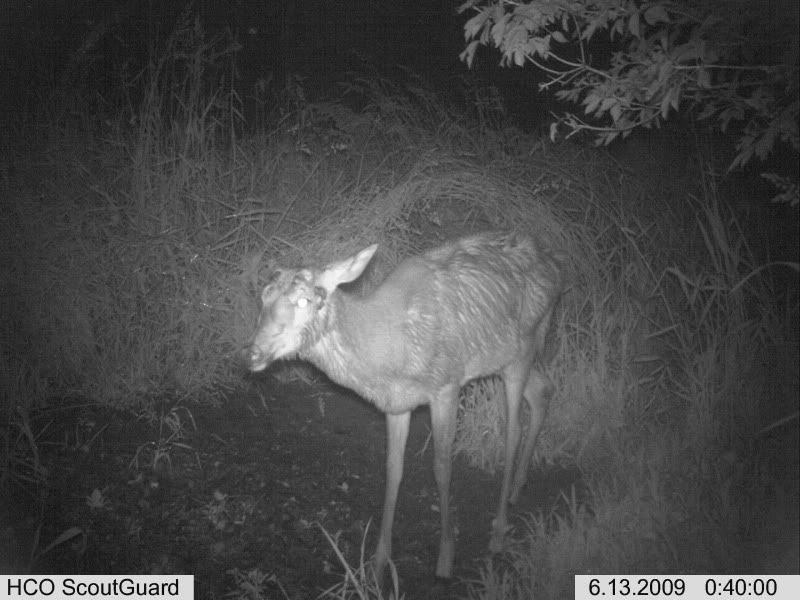Fishbonker
Life Member
Anybody besides me read the “Can We Manage HD Outbreaks?” in the February/March 2013 issue of Quality Whitetails?
The article examines the disease mainly from the standpoint of transmission and outlines what is needed for the midge to reproduce. One of the requirements is a puddle of stagnant water that is high in salts and poop. The edges have to be muddy and stirred up by animal activity.
The article stops just short of saying it, probably because QDMA doesn’t want to upset their advertisers, but think about your mineral pile and how it looks. When I had a mineral pile it was a shallow quagmire with stagnate water, high salt content and deer poop. Is your mineral site contributing to the spread of EHD?
I can see arguments either way, but why take the risk? In the current issue of Quality Whitetails QDMA shows you how to keep your mineral from being decimated by feral hogs. If you must use mineral I would suggest this method. They took a Trophy Rock, drilled a hole in it and put it on a rod high enough off the ground the hogs couldn’t get to it but low enough for the deer to lick. I’m sure the rain will cause some mineral to run off the Rock and into the ground but perhaps there wouldn’t be the puddle of stagnate water that would encourage midge growth and the spread of EHD.
I just do not see the reason to take the risk of spreading CWD and now EHD through the use of supplemtal minerals that have never been proven SCIENTIFICALLY to increase antler growth. Anecdotally, deer minerals work, scientifically, deer mineral spread disease.
For the record, I’m a Life Member of QDMA. I think Quality Whitetails is the best deer magazine out there.
The article examines the disease mainly from the standpoint of transmission and outlines what is needed for the midge to reproduce. One of the requirements is a puddle of stagnant water that is high in salts and poop. The edges have to be muddy and stirred up by animal activity.
The article stops just short of saying it, probably because QDMA doesn’t want to upset their advertisers, but think about your mineral pile and how it looks. When I had a mineral pile it was a shallow quagmire with stagnate water, high salt content and deer poop. Is your mineral site contributing to the spread of EHD?
I can see arguments either way, but why take the risk? In the current issue of Quality Whitetails QDMA shows you how to keep your mineral from being decimated by feral hogs. If you must use mineral I would suggest this method. They took a Trophy Rock, drilled a hole in it and put it on a rod high enough off the ground the hogs couldn’t get to it but low enough for the deer to lick. I’m sure the rain will cause some mineral to run off the Rock and into the ground but perhaps there wouldn’t be the puddle of stagnate water that would encourage midge growth and the spread of EHD.
I just do not see the reason to take the risk of spreading CWD and now EHD through the use of supplemtal minerals that have never been proven SCIENTIFICALLY to increase antler growth. Anecdotally, deer minerals work, scientifically, deer mineral spread disease.
For the record, I’m a Life Member of QDMA. I think Quality Whitetails is the best deer magazine out there.




